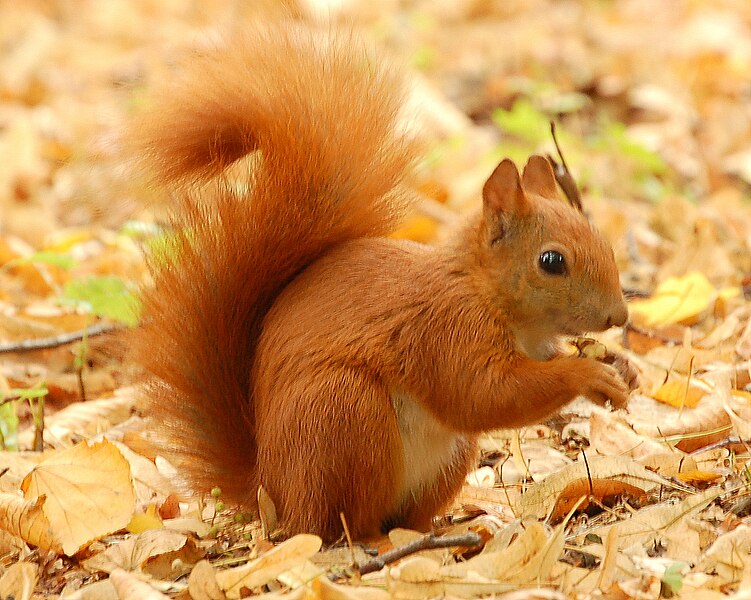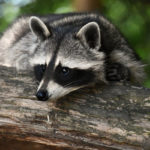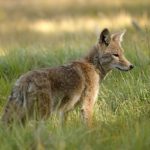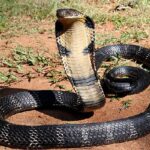The American Red Squirrel is a small, feisty, and fascinating creature often seen darting through trees and chattering away.
Hi there, nature lovers! Ever spotted a tiny, russet-colored acrobat scurrying up a tree or heard a high-pitched, rapid chatter in the woods? You’ve likely encountered the American Red Squirrel! These energetic little creatures are not only adorable but also incredibly fascinating. Let’s dive into the quirky world of the American Red Squirrel and discover some of their most interesting traits.
Key Takeaways
- American Red Squirrels are known for their vibrant red fur and white underbellies.
- They are highly territorial and can be quite aggressive.
- These squirrels are expert foragers and have complex food storage systems.
- Their vocalizations include a variety of sounds used for communication and warning.
- They play a crucial role in forest ecosystems.
Appearance and Behavior
Alright, let’s get up close and personal with these charismatic critters. The American Red Squirrel might be small, but it packs a lot of charm into that tiny frame.
Distinctive Look
One of the first things you’ll notice about the American Red Squirrel is its striking reddish fur. This vibrant color sets it apart from other squirrels, making it quite the head-turner. Complementing its red coat is a white underbelly that adds a nice contrast. Those big, dark eyes and tufted ears give them a perpetually curious and slightly mischievous expression.
Size and Weight
These squirrels are petite, typically around 12 inches long from nose to tail, with their bushy tails making up a good portion of that length. They weigh in at about half a pound, which might not seem like much, but it’s all muscle and energy.
Active and Agile
If you’ve ever watched a red squirrel in action, you know they’re always on the move. They’re like the parkour athletes of the animal kingdom, leaping from branch to branch with incredible agility and speed. Whether they’re foraging for food or just playing, their movements are a blur of frenetic energy.
Territorial Natur
Don’t be fooled by their small size – these squirrels have big personalities and are fiercely territorial. They’ll defend their patch of forest with loud chattering, tail flicking, and even physical confrontations if necessary. This territorial behavior helps them secure their food caches and nesting sites from intruders.
Daily Routine
Red squirrels are diurnal, meaning they’re active during the day. Their mornings are usually spent foraging for food, while afternoons might be dedicated to grooming and resting in their nests. As evening approaches, they’re back out foraging, ensuring they have enough supplies to see them through the night and the next day.
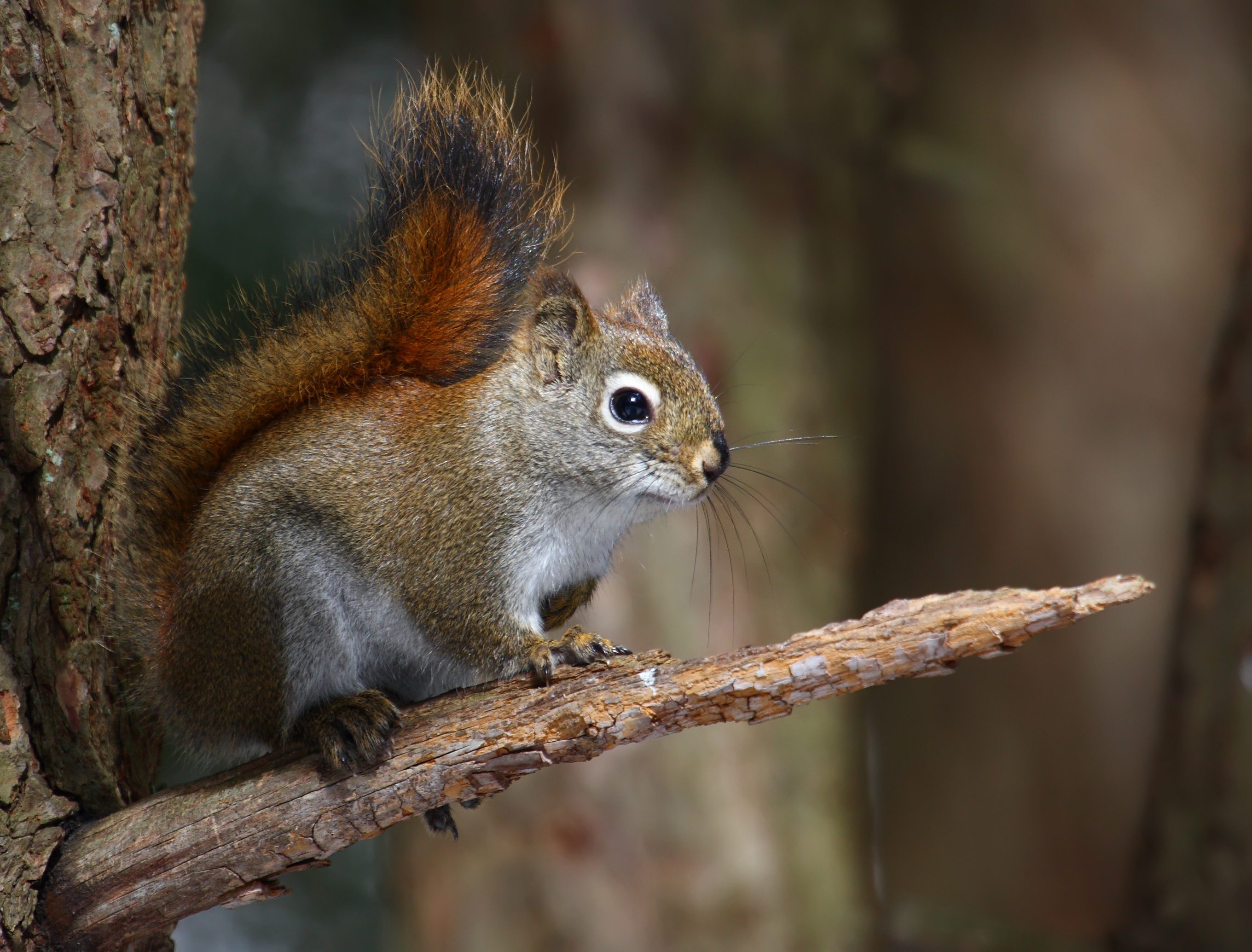
Habitat and Range
Now that we’ve got a good look at these feisty little furballs, let’s explore where they call home and how they stake out their territory.
Forest Dwellers
American Red Squirrels are true forest aficionados. Their preferred hangouts are coniferous forests, where they can feast on their favorite snacks – pine seeds. These forests provide them with an abundance of food and plenty of trees for shelter and play. However, they’re not too picky and can also thrive in mixed woodlands that offer a variety of food sources and nesting sites.
Home Sweet Home
These squirrels are expert architects when it comes to building nests. They often construct their homes, called dreys, high up in the trees using twigs, leaves, and moss. These dreys provide insulation against the cold and protection from predators. Sometimes, they take advantage of existing tree cavities or even move into abandoned bird nests.
Territorial Nature
Red squirrels are known for their fiercely territorial behavior. Each squirrel stakes out a territory that can range from half an acre to over two acres, depending on the availability of food and nesting sites. They defend these territories with an impressive display of chattering, tail flicking, and even physical confrontations. Trespassers are not welcome!
Marked Boundaries
To mark their territories, these squirrels use a combination of scent marking and vocalizations. They have special glands on their cheeks, feet, and under their tails that release scent markers. By rubbing these glands on trees and other objects, they create a scent map that informs other squirrels of their presence. Their vocal warnings are equally important, as they let potential intruders know that the area is already claimed.
Range and Distribution
The American Red Squirrel’s range covers a vast area across North America. They’re found from Alaska and Canada all the way down through the Rocky Mountains and into parts of the northeastern United States. Their adaptability to different forest types allows them to thrive in various environments, from dense, cold boreal forests to more temperate, mixed woodlands.
Adaptation to Seasons
These squirrels are well-adapted to seasonal changes. In winter, their thick fur provides insulation against the cold, and they rely on their cached food supplies to survive when resources are scarce. During the warmer months, they’re busy gathering food and reinforcing their nests to prepare for the next winter.
Diet and Foraging
Ready to dive into the dining habits of our red-coated friends? The American Red Squirrel’s diet is as dynamic and fascinating as they are. These little creatures are master foragers, and their eating habits play a vital role in the forest ecosystem.
Food Preferences
The primary staple of the American Red Squirrel’s diet is conifer seeds, particularly from pine trees. They have a special knack for extracting seeds from pine cones, which they deftly strip using their sharp teeth. But these squirrels are far from picky eaters. Their diet also includes a variety of other foods such as nuts, berries, fruits, fungi, and even tree bark.
Caching Behavior
One of the most intriguing aspects of the American Red Squirrel’s behavior is their food caching habit, also known as “larder hoarding.” These squirrels create multiple food caches, known as middens, where they store pine cones and other food items. Middens are often located at the base of trees and can be used year after year, becoming extensive storage sites that help the squirrels survive through the winter when food is scarce.
Complex Storage Systems
Their caching strategy is quite sophisticated. They don’t just stash food anywhere; they carefully select and prepare storage sites. By spreading their food across numerous caches, they reduce the risk of losing their entire supply to thieves or spoilage. Each cache is strategically located and often covered with leaves and other debris to conceal it from potential raiders.
Seasonal Diet Changes
The American Red Squirrel’s diet changes with the seasons. During the spring and summer, they feast on fresh berries, fruits, and new plant growth. In the fall, their diet shifts to gathering and storing nuts and seeds to prepare for the winter months. They also consume fungi, which they may even store in tree crevices to dry out for later consumption.
Nutty Efficiency
These squirrels are incredibly efficient foragers. Their sharp teeth and nimble paws allow them to quickly harvest and prepare their food. They can strip a pine cone in mere minutes, and their strong jaws can crack open the toughest nuts. This efficiency is crucial for building up their food stores before the onset of winter.
Memory Masters
American Red Squirrels have excellent memories, especially when it comes to locating their food caches. They use spatial memory to remember the locations of their many food stashes, even months after hiding them. This remarkable ability ensures they can find enough food to sustain themselves through the harsh winter months.
Dietary Flexibility
While seeds and nuts are their primary food sources, American Red Squirrels are opportunistic feeders. They may also consume insects, bird eggs, and even small vertebrates when other food sources are limited. This dietary flexibility helps them adapt to different environments and seasonal changes.
Communication and Vocalizations
Now that we’ve explored the diet and foraging habits of the American Red Squirrel, let’s tune into the lively chatter and complex communication methods of these vocal little critters.
Chatterboxes of the Forest
American Red Squirrels are known for their vocal nature. These tiny chatterboxes use a wide array of sounds to communicate with each other and to signal various messages. From high-pitched squeaks to rapid-fire chattering, their vocalizations are a constant backdrop in their forest habitats.
Vocal Repertoire
The vocal repertoire of the American Red Squirrel includes several distinct sounds, each serving a specific purpose:
- Chirps and Squeaks: These are often used for general communication between squirrels, conveying a range of emotions from curiosity to mild agitation.
- Rattles and Chatters: Rapid, repetitive sounds that can serve as a territorial warning. If you hear a red squirrel chattering away, it’s likely telling another squirrel to back off from its turf.
- Growls and Screams: These louder and more aggressive sounds are typically used in confrontations or to ward off predators.
- Whistles and Trills: High-pitched and melodious, these sounds are often associated with courtship and mating behaviors.
Alarm Calls
One of the most important aspects of the red squirrel’s vocalizations is their alarm call system. When a squirrel detects a predator, it emits a series of loud, sharp calls to alert other squirrels in the vicinity. These alarm calls can vary depending on the type of threat:
- Short, Sharp Calls: Often used to signal the presence of ground predators like foxes or snakes.
- Longer, Repetitive Calls: Typically used to warn of aerial predators like hawks or owls. These calls can sometimes be mistaken for bird calls, given their clarity and repetition.
Body Language
In addition to vocalizations, American Red Squirrels use body language to communicate. Tail flicking is a common visual signal that often accompanies vocal warnings. The rapid movement of their bushy tails can indicate agitation, serve as a territorial display, or help in deterring predators by making the squirrel appear larger.
Scent Marking
Communication isn’t limited to sounds and gestures. Red squirrels also rely on scent marking to establish territory and convey information. They have special scent glands on their cheeks, feet, and under their tails, which they rub on trees, branches, and other objects. This scent marking creates a chemical map that informs other squirrels about the presence and boundaries of their territory.
Social Interactions
While American Red Squirrels are generally solitary and territorial, they do engage in social interactions, especially during the mating season. Their vocalizations become particularly intricate and frequent during this time, with males and females exchanging calls and responding to each other’s signals as part of their courtship rituals.
Learning and Adaptation
Interestingly, young red squirrels learn the meaning and use of these vocalizations from their parents and other adult squirrels. This learning process is crucial for their survival, as understanding alarm calls and territorial signals helps them navigate their environment and avoid dangers.
Role in the Ecosystem
Alright, folks, let’s dive into the bigger picture and see how these energetic little squirrels contribute to the health and vitality of our forests. The American Red Squirrel might be small, but it plays a significant role in maintaining the balance of its ecosystem.
Seed Dispersers
One of the most critical roles the American Red Squirrel plays in its ecosystem is that of a seed disperser. By gathering and storing seeds and nuts in various caches, these squirrels inadvertently help with forest regeneration. Not all of their cached food is retrieved, leading to the germination of new trees and plants. This natural planting activity supports forest diversity and growth.
Fungi Farmers
Red squirrels also have a penchant for fungi, which they harvest and store. Some of these fungi form symbiotic relationships with tree roots, aiding in nutrient absorption and overall tree health. When squirrels consume and excrete these fungi, they help spread fungal spores throughout the forest, promoting a healthy and interconnected ecosystem.
Prey and Predator
In the intricate web of forest life, American Red Squirrels serve both as prey and predators. As prey, they are an essential food source for various predators, including hawks, owls, foxes, and even domestic cats. Their presence in the food chain supports the survival of these larger animals. On the flip side, red squirrels help control insect populations by feeding on insects and their larvae, contributing to pest management in their habitats.
Nutrient Cycling
The activities of red squirrels, such as caching food and building nests, contribute to the forest’s nutrient cycling. Their abandoned food caches and nesting materials decompose, enriching the soil with organic matter. This process enhances soil fertility, supporting plant growth and maintaining the health of the forest floor.
Forest Health Indicators
The population and health of American Red Squirrels can serve as indicators of forest health. A thriving squirrel population often signals a healthy, balanced ecosystem with abundant food sources and suitable habitats. Conversely, a decline in their numbers might indicate environmental issues such as habitat loss, disease, or imbalances in the food web.
Biodiversity Boosters
By fostering forest regeneration and supporting fungal networks, red squirrels indirectly boost biodiversity. Their seed dispersal activities encourage the growth of a variety of plant species, which in turn supports a wide range of animal life. A diverse forest is a resilient forest, better equipped to withstand environmental changes and disturbances.
Nesting Sites for Other Animals
The nests built by American Red Squirrels, whether in tree cavities or dreys, often become homes for other animals once abandoned. Birds, small mammals, and even insects can take over these structures, finding shelter and raising their young. This recycling of nesting sites supports the broader forest community and enhances habitat availability.
Fun and Lesser-Known Facts
Now that we’ve covered the essential roles and habits of the American Red Squirrel, let’s delve into some of the quirky, fun, and lesser-known facts about these fascinating creatures. Get ready for some surprising tidbits that will make you appreciate these little dynamos even more!
Color Variations
While the American Red Squirrel is typically known for its vibrant reddish fur, there can be some variation in color. Some individuals may have darker or lighter fur, depending on their geographical location and genetics. In certain regions, you might even spot squirrels with a more greyish or brownish hue, blending in perfectly with their surroundings.
Memory Masters
Red squirrels have an impressive memory, particularly when it comes to locating their food caches. They can remember the locations of hundreds, sometimes thousands, of buried food stashes, which is crucial for their survival during the winter months. Their ability to recall these sites after weeks or even months is a testament to their cognitive skills.
Longevity
In the wild, American Red Squirrels can live up to five years, although many face numerous dangers that can shorten their lifespan. Those that make it past their first year often have a good chance of living longer, thanks to their learned survival skills and established territories.
Super Chewers
Red squirrels have incredibly strong teeth that grow continuously throughout their lives. They need to gnaw on hard materials like nuts, bark, and even bones to keep their teeth from growing too long. This gnawing not only helps maintain their dental health but also allows them to access a wide range of food sources.
Seasonal Adaptations
These squirrels are well-adapted to changing seasons. In the winter, their fur becomes thicker and their behavior more reserved as they rely on their food caches. During the warmer months, they become more active, spending much of their time foraging and preparing for the next winter. This seasonal adaptability helps them thrive in various environments.
Playful Personalities
Despite their territorial nature, red squirrels are known to engage in playful behaviors, especially younger ones. They can often be seen chasing each other through the trees, playing games of tag, and performing acrobatic leaps. This play is not only fun to watch but also essential for developing their physical and social skills.
Solitary Yet Social
While primarily solitary creatures, red squirrels do have social interactions, particularly during the mating season. They communicate through a variety of vocalizations and body language, establishing relationships that are crucial for reproduction and territorial management. Females are particularly vocal during the mating season, using calls to attract and communicate with potential mates.
Ingenious Nest Builders
American Red Squirrels are skilled nest builders. Their nests, or dreys, are constructed high up in the trees and are made from twigs, leaves, moss, and other materials. These nests are not only cozy but also well-insulated, providing protection from the elements and predators. Some squirrels may also use tree cavities or even take over abandoned bird nests.
Impact on Tree Health
Interestingly, red squirrels can influence tree health both positively and negatively. While they help with seed dispersal and forest regeneration, their feeding habits can sometimes damage trees. They strip bark to access the nutritious cambium layer, which can harm the tree if done excessively. This bark-stripping behavior is a double-edged sword in their ecological impact.
Adaptable Diet
Though they prefer seeds and nuts, red squirrels are opportunistic feeders. Their diet can include bird eggs, insects, and even small vertebrates when other food sources are scarce. This adaptability in their diet allows them to survive in varying environmental conditions and seasons.







